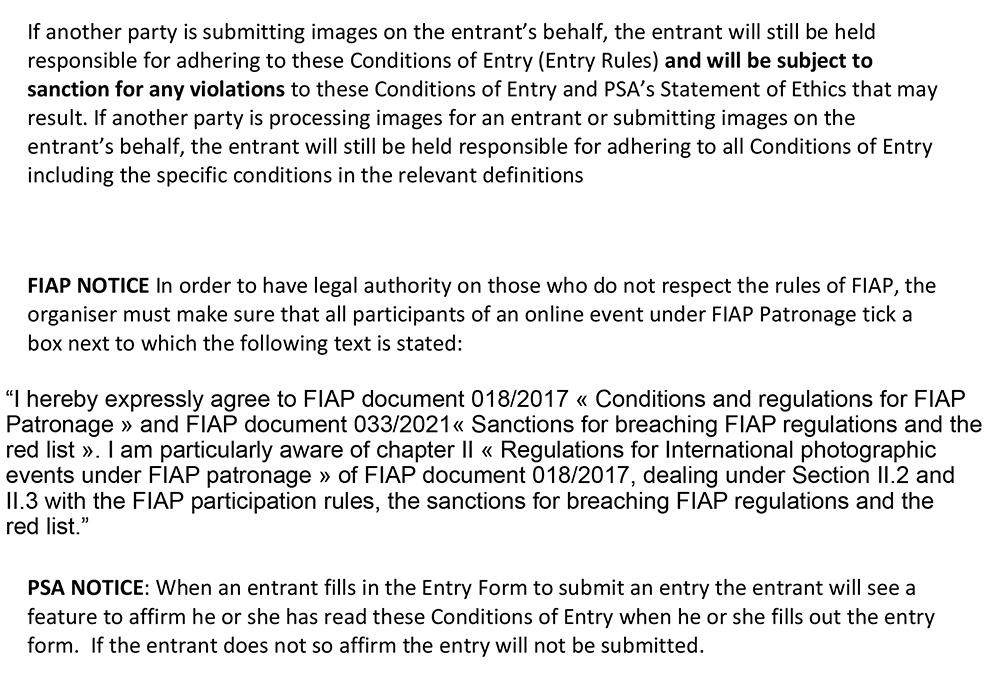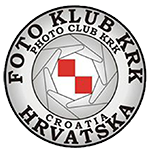SUMMER, SEA, SUN 2023
Address: Photo club Krk, Zagrebacka 20, 5500 Krk, Croatia
e-mail: summerseasunexhibition@gmail.com
Chairman: Marijana Kirasic Nekic
web: https://summerseasun.fotoklubkrk.hr/
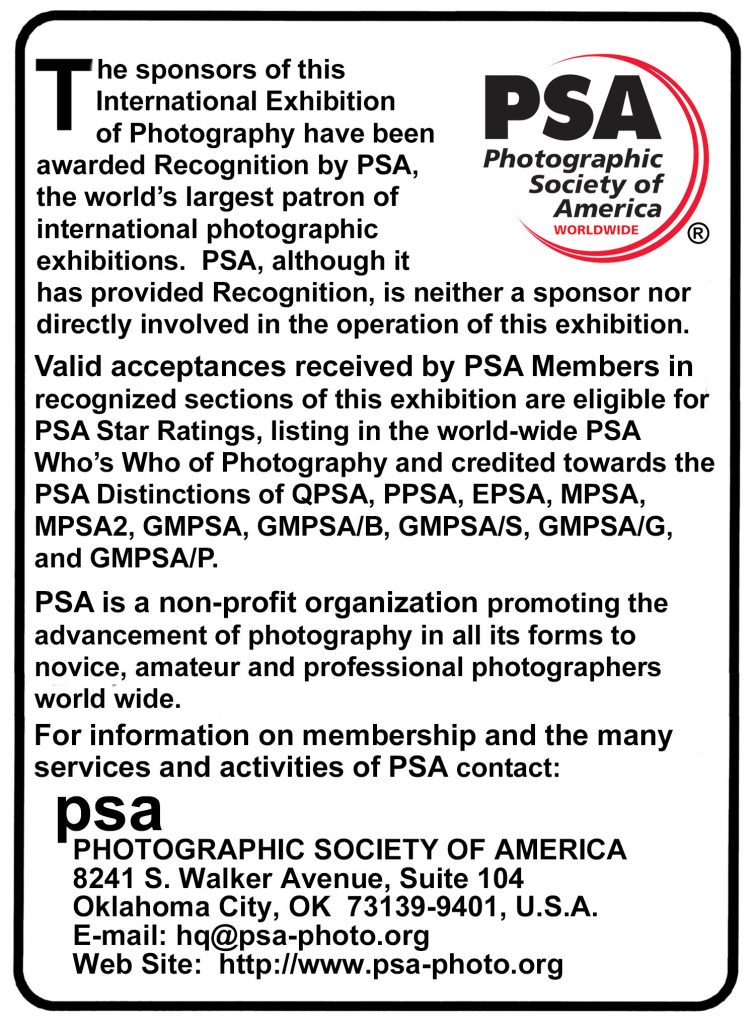
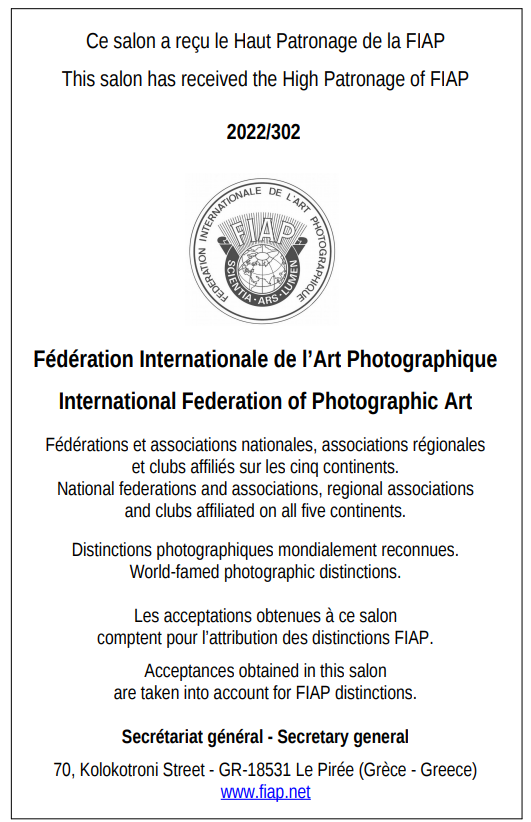
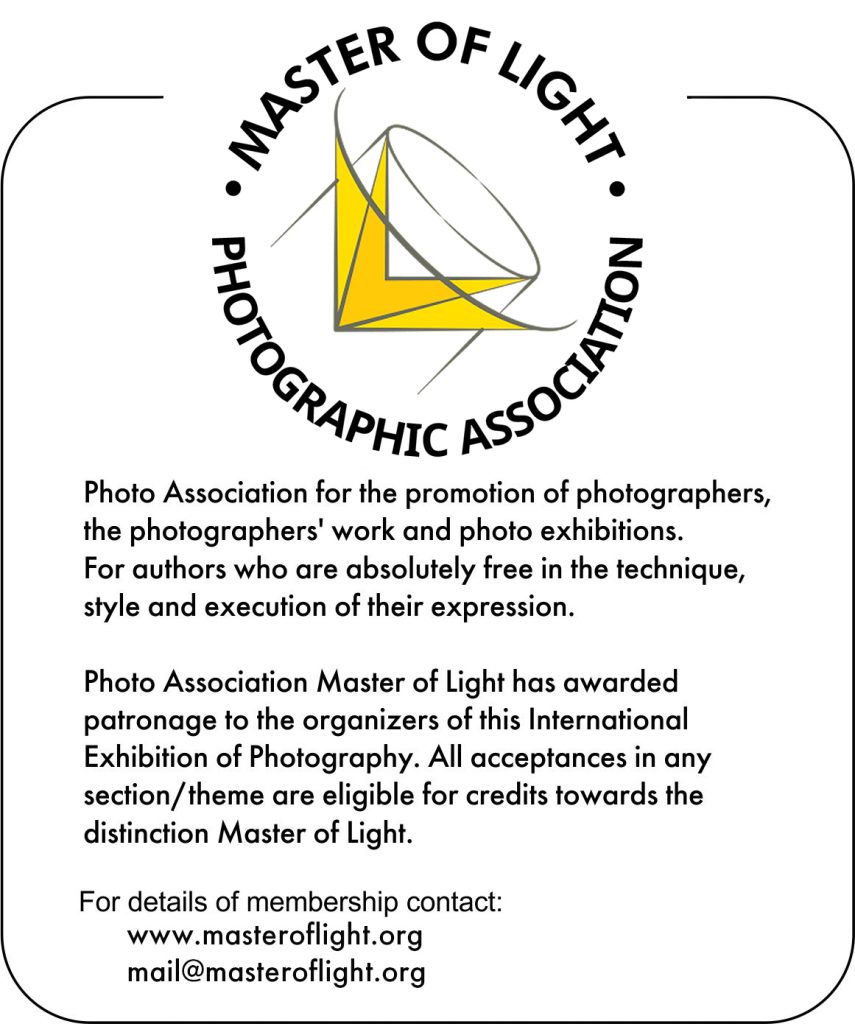
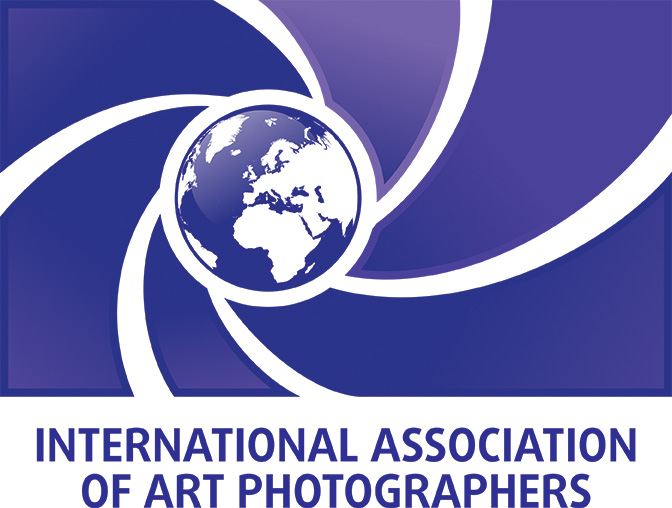
SECTIONS/Themes
► Photo Travel – PSA PTD Colour
► Child (PSA PID Colour)
►Portrait (PSA PID Colour)
►Nature (ND Colour/ Mono)*
►Open Colour (PSA PID Colour)
►Open Monochrome (PSA PID Mono)
FEES/Payment
A total fee of 25 euros / 30 dollars for the participation in any number of sections is mandatory
for all participants.
The fee – 25€ for all section can be paid via:
► PayPal through our web site at: fotoklubkrk@gmail.com
The participation fee may also be paid through:
► Western Union, using the following information:
Name: Marijana Kirasic Nekic; Address: Zagrebacka 20, 51 500, Krk, Croatia
Works by authors who do not pay the fee will not be taken into consideration
CALENDAR
►Closing date: 23. September 2023
►Judging completed by: 5 October – 2023
►Notification sent by: 8 October 2023
►Awards mailed by: November 2023
►Exhibition date: 23-30. October 2023 at the Gallery, Toš, Punat Croatia.
There will be 10 public showings for projected exhibitions.
► On-Line Gallery posted by: November 2023
► Date for delivering catalogue: 23 October 2023
JUDGES
Jury will work remote (on-line judging). Every jury member will work with standard PC (not laptop) with
color calibrated monitors sizes 24”-28”.
Jury
Nenad Martic, EFIAP/g, Croatia /
Tomasz Okoniewski, Poland , EFIAP/D1, EPSA, Master of Light Artist, jury president
Mario SIkora, Czech republic, EFIAP c⭐⭐ Master of Light
(In case of multiple equal results, the Jury President will proclaim the winner.
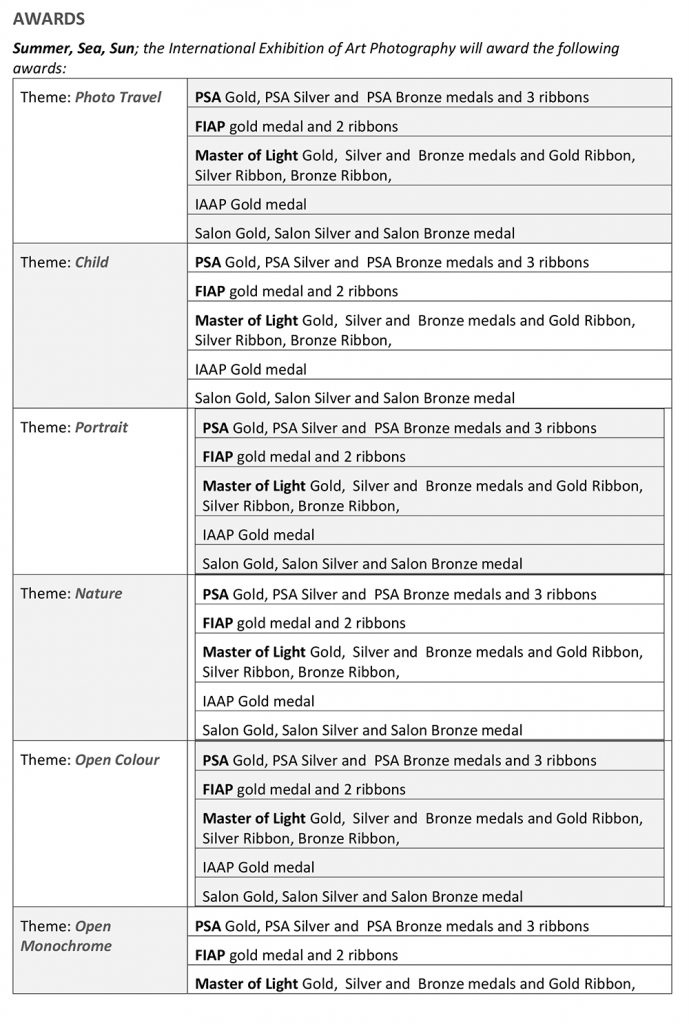

CATALOG
The organizer will produce a PDF catalogue. A link to download the catalogue will be sent to all participants by the first exhibition day, 23 October 2023.
_______
IMAGE AND ENTRY REQUIREMENTS This exhibition is open to anyone; however, an entry may be rejected when the Sponsor or the Exhibition Organizers, in their reasonable discretion, believes the entry does not conform to exhibition rules and these Conditions of Entry. Membership in any photographic organization is not required.
Penalties: Entries will not be accepted from any entrant who has put on the PSA Penalties List for Ethics Violation. Entry fees are not refundable in these circumstances
PSA Star Ratings
To receive proper Star ratings credit from PSA, entrants must provide their names and country exactly the same way in each exhibition. Aliases are not permitted. Please contact PSA in the event of name changes or relocating to another country. Using one’s name differently in different exhibition exposes the entrant to the risk that many of their acceptances may not be recognized by PSA Star Ratings.
Image Creation
Entries must originate as photographs (image-captures of objects via light sensitivity) made by the entrant on photographic emulsion or acquired digitally.
Certification:
By virtue of submitting an image, the entrant certifies the work as his or her own. Images may not incorporate elements produced by anyone else (for example: clip art, images or art by others downloaded from the Internet). Aliases are not allowed.
Reproduction
The entrant permits the sponsors to reproduce all or part of the entered material free of charge for publication and/or display in media related to the exhibition. This may include low resolution posting on a website. The Photographic Society of America (PSA) may request specific permission from entrants to reproduce entered images in its educational materials. The terms of that permission will be mutually agreed between the entrant and PSA except in the circumstances where the entered image is found to breach the PSA Ethics Policy. In those circumstances the image may be reproduced by PSA, without the entrant’s further permission, for educational purposes to illustrate serious exhibition rule violations. For those reproductions, the entrant’s name will be withheld.
Entries will not be accepted from entrants who indicate that their images may not be reproduced in materials related to the exhibition.” The exhibition assumes no liability of any misuse of copyright
Alteration and Computer Generation Subject to Divisional restrictions (particularly Nature, Photo Travel, and Photojournalism) images may be altered, either electronically or otherwise, by the entrant; adjustments to enhance images or creatively modify images are allowed providing the underlying photograph is retained in a way that is obvious to the viewer. Images may not be constructed entirely with a computer, and must be the sole work of the entrant
Re-use of accepted images: Any image that has been accepted in this exhibition, past or present, may not be entered again in the same Division Star Ratings Class in any future instances of this exhibition. It may, of course, be entered in any other PSA recognised exhibitions but must always have the same title. Re-titling in another language is not allowed.
Entry: An Entry consists of, up to and including, four (4) images entered by a single entrant into the same Section. An entrant may only enter a specific Section once. Entrants may not enter identical or similar images into the same section or different sections of the same exhibition.
Titles:
Each image must have a unique title that is a description of the image. That unique title must be used for entry of that image or of an identical Image into any and all PSA-Recognized exhibitions. Titles must be 35 characters or fewer. No titles may be visible to the judges, and nothing in the image may identify the entrant. Titles may not include file extensions such as .jpg or .jpeg (or any other camera capture filenames such as IMG 471). Titles may not consist of personal identifiers possibly augmented by a number; or include words such as “untitled” or “no title”. Titles may not consist solely of numbers unless those numbers are prominently contained within the image, such as a contestant number in a race.
Color and Monochrome:
Color and Monochrome images from the same capture that share substantial pictorial content in common will be considered the same image and must be given the same title
_____
NUMBER AND IDENTIFICATION OF PHOTOS
Entries are limited to no more than 4 images (digital files) per section, category, or class.
SUBMISSION OF WORKS
Photos must be in JPEG format, dimensions for horizontal 1920 pixels by for vertical 1200 pixels max at 300 dpi, JPEG compression value (if Photoshop used for export): 7-12, file size maximum 3 Mb.
No file naming is needed. Exhibitions using digital projection is judge the images as received from the photographer at 100% of the maximum permitted pixel size. Digital images can not be altered, including resizing in either direction, by the exhibition or by the exhibition’s equipment before or during judging.
Only English letters (a-z) are allowed. Words such as “Untitled” and “No title” are not acceptable as part or allof an image’s title, nor are camera capture file names or titles consisting of only numbers. No title or identification of the maker shall be written anywhere on the face of an image. An entrant’s four images will be distributed throughout four rounds of judging for that section.
The exhibition is not allowed to resize the pictures sent by the entrants.
The photographs of authors with the application are submitted in these ways:
– by e-mail: summerseasunexhibition@gmail.com
– uploading throw our web site: https://www.summerseasun.com/
Works must be marked with ordinal numbers corresponding to their specification in the application form. Works submitted without a correctly filled-in application form will not be considered.
_____
The Exhibition will be conducted in accordance with the rules of the PSA and FIAP
An entrant’s images will not be presented to the judges consecutively. An entrant’s four images will be distributed throughout four rounds of judging in that section. Distribution of images will be in the same round order as submitted by the entrant.
An image may be entered in only one section.
_____
Judging method:
Jury will work remote (on-line judging). Every jury member will work with standard PC (not laptop) with color calibrated monitors sizes 24”-28”.
Target range: FIAP does not permit acceptance rates higher than 25%
_____
DATA PROTECTION
By entering this exhibition, you are explicitly consenting to the personal details you have supplied, including physical addresses, email addresses, being held, processed and used by the exhibition organizers for purposes associated with this exhibition. You also explicitly consent to such information being sent to organizations that have accorded official recognition, patronage or accreditation to this exhibition. You acknowledge, agree and accept that by entering this exhibition, your participation status which includes your first and last name, name of the country used during registration at the exhibition, number of sections entered and number of photos entered in those sections will be made public in a published status list and that the results of your entry shall be made public in exhibition gallery, exhibition catalog. You also agree and accept the policies regarding Breaches of Rules of the PSA. And FIAP
_____
SUBJECT MATTER AND SECTION DEFINITIONS
Statement on Subject Matter – applicable to all sections
The fundamental rule that must be observed at all times and applies to all sections offered in exhibitions with PSA recognition is that the welfare of living creatures is more important than any photograph. This means that practices such as baiting of subjects with a living creature and removal of birds from nests, for the purpose of obtaining a photograph, are highly unethical, and such photographs are not allowed in any exhibition with PSA recognition. Under no circumstances may a living creature be placed in a situation where it will be killed, injured or stressed for the purpose of obtaining a photograph. Images that show live creatures being fed to captive animals, birds or reptiles are not permitted under any circumstances.
There are also concerns about the use of aerial photography, drones, helicopters, low flying aircraft. These should not cause any interference with other individuals or animals which causes a disturbance in their normal activity or disrupt the way any individuals or animals interact with their environment. Entrants in PSA recognized exhibitions should comply with all relevant laws and regulations, associated with aerial photography, in the country in which the image was taken.
Entry into PSA recognized exhibitions is conditional on accepting these policies. The content of images must comply with the General Conditions and with the Division and Section definitions listed in these conditions. Images that – in the sole opinion of the judges or the Exhibition Organizers – do not comply, will be disqualified so the entrant may be aware of the problem when considering entry into other exhibitions with PSA recognition
_____
PSA Monochrome Definition
An image is considered to be Monochrome only if it gives the impression of having no color (i.e. contains only shades of grey which can include pure black and pure white) OR it gives the impression of being a greyscale image that has been toned in one color across the entire image. (For example by Sepia, red, gold, etc.) A greyscale or multi-colored image modified or giving the impression of having been modified by partial toning, multi-toning or by the inclusion of spot coloring does not meet the definition of monochrome and shall be classified as a Color Work.
FIAP Definition of Monochrome
A black and white work fitting from the very dark grey (black) to the very clear grey (white) is a monochrome work with the various shades of grey. A black and white work toned entirely in a single colour will remain a monochrome work able to stand in the black and white category; such a work can be reproduced in black and white in the catalogue of a salon under FIAP Patronage. On the other hand a black and white work modified by a partial toning or by the addition of one colour becomes a colour work (polychrome) to stand in the colour category; such a work requires colour reproduction in the catalogue of a salon under FIAP Patronage.
Greyscale Monochrome images may be entered for Nature, Photojournalism and Photo Travel but toned images are not permitted for these sections.
Monochrome images may not be entered in Pictorial Prints or PID Color Sections. Separate sections must be offered for Color Pictorial Prints, Monochrome Pictorial Prints, PIDC and PIDM.
_____
Editing Guidelines for Nature, Photojournalism and Photo Travel
These sections require images to be truthful records, so there are limits on the amount of manipulation allowed.
Editing Guidelines
Processing or editing must be limited to making the image look as close to the original scene as possible, except that conversion to grayscale monochrome is allowed.
Allowed editing techniques:
- Cropping, straightening and perspective correction.
- Removal or correction of elements added by the camera or lens, such as dust spots, noise, chromatic aberration and lens distortion.
- Global and selective adjustments such as brightness, hue, saturation and contrast to restore the appearance of the original scene.
- Complete conversion of color images to grayscale monochrome.
- Blending of multiple images of the same subject and combining them in camera or with software (exposure blending or focus stacking);
- Image stitching – combining multiple images with overlapping fields of view that are taken consecutively (panoramas);
Editing techniques that are not allowed:
- Removing, adding to, moving or changing any part of an image, except for cropping and straightening.
- Adding a vignette during processing.
- Blurring parts of the image during processing to hide elements in the original scene.
- Darkening parts of the image during processing to hide elements in the original scene.
- All conversions other than to complete grayscale monochrome.
- Conversion of parts of an image to monochrome, or partial toning, desaturation or over-saturation of color
Borders
For the purpose of this exhibition any border added to a digital file must be a single border of white or grey, no greater than 3-5 pixels in width.
For the purpose of this exhibition any border added to a Print must be a single border of black or white, no greater than 3-5 pixels in width
PSA/FIAP Nature Definition
Nature photography records all branches of natural history except anthropology and archaeology. This includes all aspects of the physical world, both animate and inanimate, that have not been made or modified by humans.
Nature images must convey the truth of the scene that was photographed. A well-informed person should be able to identify the subject of the image and be satisfied that it has been presented honestly and that no unethical practices have been used to control the subject or capture the image. Images that directly or indirectly show any human activity that threatens the life or welfare of a living organism are not allowed.
The most important part of a Nature image is the nature story it tells. High technical standards are expected and the image must look natural. Adding a vignette or blurring the background during processing is not allowed.
Objects created by humans, and evidence of human activity, are allowed in Nature images only when they are a necessary part of the Nature story.
Photographs of human-created hybrid plants, cultivated plants, feral animals, domesticated animals, human-created hybrid animals and mounted or preserved zoological specimens are not allowed.
Images taken with subjects under controlled conditions, such as zoos, are allowed.
Controlling live subjects by chilling, anaesthetic or any other method of restricting natural movement for the purpose of a photograph is not allowed.
No modification that changes the truth of a Nature image is allowed. Images may be cropped but no other technique that removes, adds or moves any part of the image is allowed.
Techniques that remove elements added by the camera, such as dust spots, digital noise and lens flare are allowed.
Complete conversion of colour images to greyscale monochrome is allowed. Partial conversion, toning and infrared captures or conversions are not allowed.Images of the same subject that are combined in-camera or with software by focus stacking or exposure blending are allowed. Multiple images with overlapping fields of view that are taken consecutively and combined in-camera or with software (image stitching) are allowed.
Attention is drawn to the PSA Statement on Subject Matter which applies to all sections and to the Editing Guidelines for Nature, Photojournalism and Photo Travel
Photo Travel
A Photo Travel image is a portrayal of the real world we live in, as it is found naturally. There are no geographic limitations.
Content guidance:
- If the image is predominantly or exclusively a land-, sea- or cityscape, these “scapes” must include characteristic, distinctive and recognizable physical features, although it is not necessary that the image identify the exact location;
- Images that predominantly or exclusively depict people and their activities must illustrate a distinctive culture of a country, region, or continent;
- Images that predominately or exclusively depict animal populations are allowed, if the animals are in their native environment and are characteristic of that country, region, or continent;
- Portraits or other close-ups of people or objects, in addition to meeting the above paragraphs as applicable, must include elements depicting some of the surrounding environment to make it obvious that the image was not taken in a studio setting;
- Images from events or activities arranged for photography, or of subjects directed or hired for photography, are NOT allowed.
- Time exposures are allowed, if they do not dominate the image as a special effect (star trails, for example, are a dominating effect).
- Highly distorted images such as those produced by fish eye lenses are NOT allowed.
Attention is drawn to the PSA Statement on Subject Matter which applies to all sections and to the Editing Guidelines for Nature, Photojournalism and Photo Travel
_____
Breaches of Rules
Entrants are strongly advised to look at the PSA Ethics Policy which can be found at https://psa-photo.org/page/ethical-practices.
If, at any time, it is determined in the reasonable discretion of the exhibition organizer or the judges before, during, or after the judging of an exhibition that an entrant has submitted entries where one or more images may fail to comply with these Conditions of Entry, including the stated definitions, exhibitions, on behalf of the judges, are allowed to request unedited or raw files of the submitted image
In order to ensure that images comply with the Conditions of Entry and definitions, the exhibition organizers may carry out reasonable measures to verify that:
- a) the images are the original work of the entrant and
- b) the images comply with the rules and definitions as set out in these Conditions of Entry
These steps include, but are not limited to, questioning any entrant, requiring the submission of RAW files or other digital files representing the original capture of the submitted image(s), confronting the entrant with evidence that one or more submitted images fails to comply with the Conditions of Entry (also known as Entry Rules), and offering the entrant a reasonable opportunity to provide counter evidence to refute the exhibition organizer’s evidence by a set deadline. Such entries that are not cleared or are still questionable after the entrant has presented evidence may be considered in breach of these Conditions of Entry, and declined. Such entries may be referred to PSA for further investigation of possible ethics violations
PSA, on receiving reports from exhibitions of possible breaches, retains the right to investigate in any way all complaints/suspicions of breaches of entry conditions, impose penalties if deemed necessary, void the acceptances of any image found to violate the PSA rules, include the entrant’s name on the list of sanctions provided to Exhibitions, and share such investigations with FIAP. Entrants automatically agree to these terms by the act of entering the Exhibition and agree to cooperate with any investigation.
If another party is submitting images on the entrant’s behalf, the entrant will still be held responsible for adhering to these Conditions of Entry (Entry Rules) and will be subject to penalties for any violations to these Conditions of Entry and PSA’s Statement of Ethics that may result.
If another party is processing images for an entrant or submitting images on the entrant’s behalf, the entrant will still be held responsible for adhering to all Conditions of Entry including the specific conditions in the relevant definitions.
NOTICE: When entrants fills in the Entry Form to submit an entry they will see the following feature to affirm they have read these Conditions of Entry
“I hereby confirm that I have read, understood and agree to the Conditions of Entry of this exhibition. I have read the PSA document to be found at https://psa-photo.org/resource/resmgr/pdf/exhibitions_/exhibition-entrants-agreemen.pdf . I am aware that PSA may apply penalties for breaches of these Conditions of Entry”
“I hereby expressly agree to FIAP document 018/2017 « Conditions and regulations for FIAP Patronage » and FIAP document 033_2021 « Sanctions for breaching FIAP regulations and the red list ». I am particularly aware of chapter II « Regulations for International photographic events under FIAP patronage » of FIAP document 018/2017, dealing under Section II.2 and II.3 with the FIAP participation rules, the sanctions for breaching FIAP regulations and the red list.”
Failure to agree will mean that the application will not proceed.
